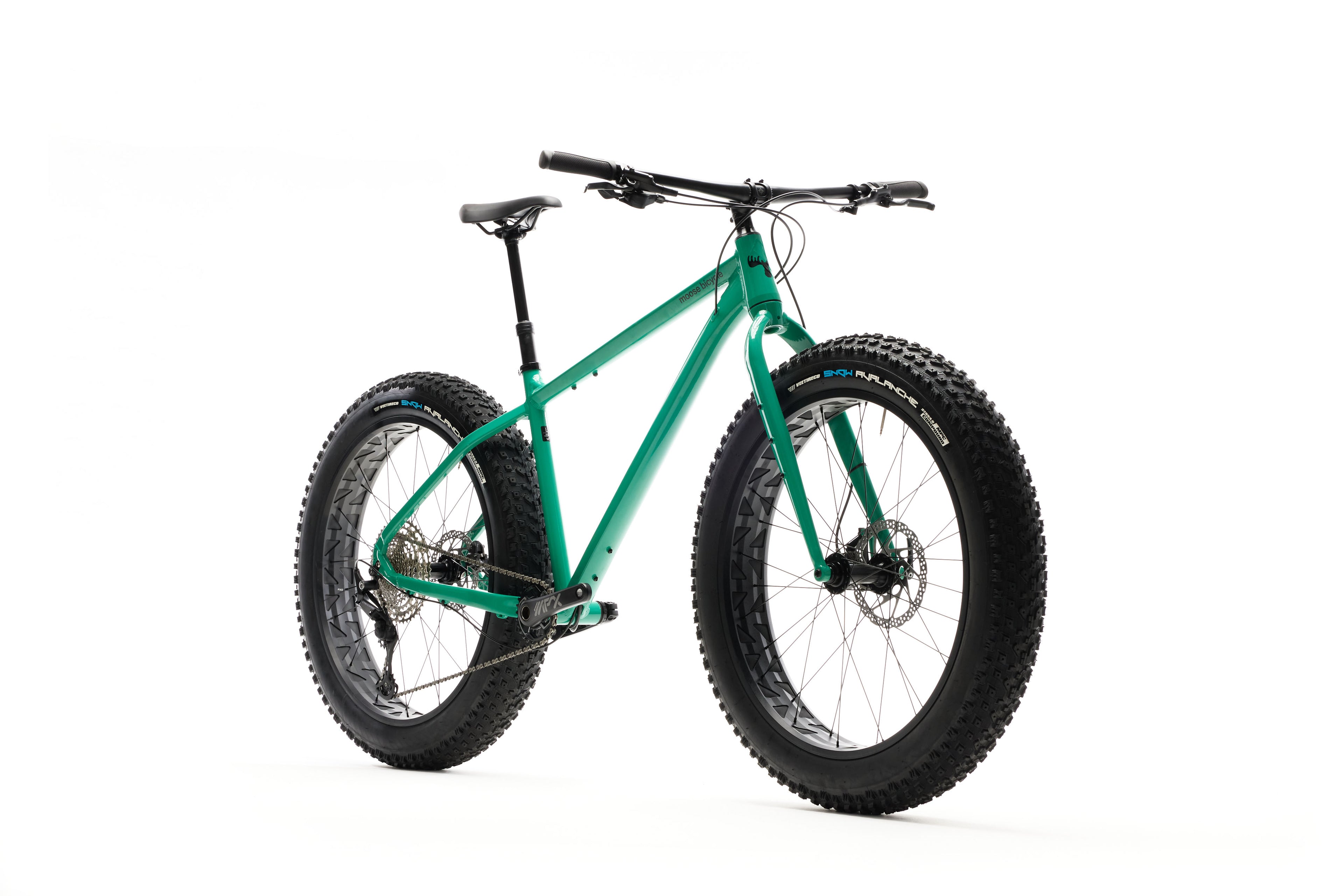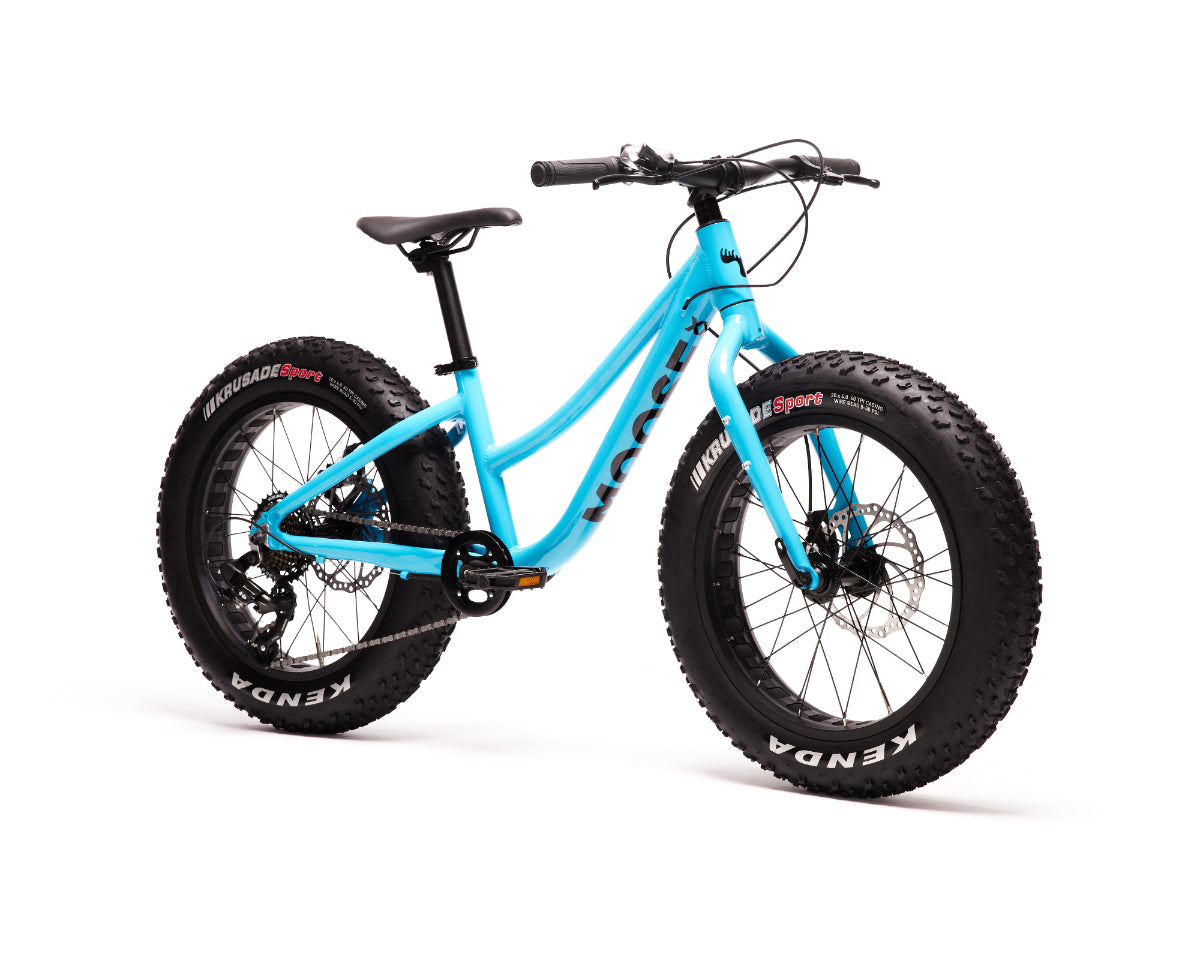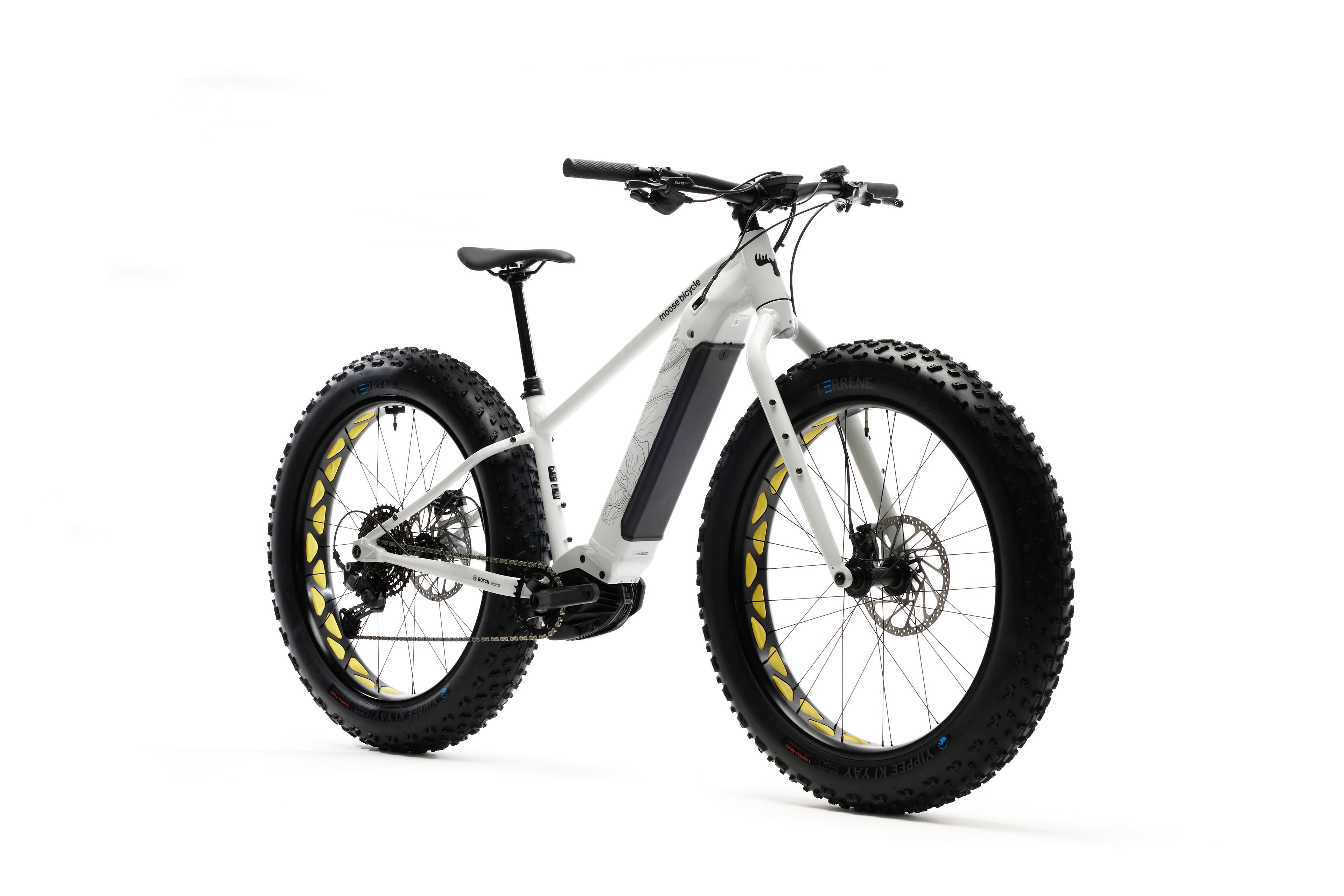Introduction
Fat bikes with oversized tires are booming in many regions, and Canada and Quebec are no exception. Characterized by their extensive tires, usually 4 inches or more, these bikes offer exceptional traction and unmatched capabilities on soft or uneven terrains. Snow, sand, mud, and rocky trails are the usual playgrounds for adventurers riding their fat bikes. Want to buy a fat bike but don’t know how to choose? Here are some insights to help you make the right choice for your two-wheeled companion.

Who Are the Typical Fat Bike Riders?
Whether you're an experienced athlete, a nature lover, or a trendy city dweller, the fat bike offers countless possibilities. Fat bike enthusiasts may include:
Off-road adventure seekers: The fat bike is for you if you're not afraid of the elements and love challenging the most demanding terrains. With your bike, every ride becomes a grand adventure, allowing you to explore places inaccessible to regular bikes.
Cyclists searching for comfort: If you're looking for a comfortable and stable ride that absorbs vibrations and delivers a unique riding experience, the fat bike’s wide, low-pressure tires will offer unmatched comfort, even on the roughest trails. It’s the perfect way to enjoy relaxing and pleasant rides without worrying about road imperfections.
Winter sports lovers: If you don’t want your cycling season to end when winter arrives, the fat bike is ideal for riding even in snowy conditions. Thanks to its wide tires, it grips packed snow with ease, letting you explore new landscapes and enjoy winter in a new way.
Urban cyclists seeking originality: If you want to stand out with a bold, unique-looking bike, the fat bike is a stylish choice to turn heads. Its one-of-a-kind look, combined with off-road performance, makes it a versatile and trendy ride—perfect for your daily commutes in the city.
What Criteria Should You Consider When Choosing Your Fat Bike?
The fat bike is a unique bicycle designed to tackle all terrains and conditions. Here are some key features that can help you identify and choose a fat bike that suits your style:
Oversized Tires: This is the most distinctive feature of a fat bike. These tires, ranging from 3.8 to 5 inches wide, provide exceptional grip and stability on all types of terrain, especially snow, sand, and mud. They can be ridden at low pressure, increasing the contact surface with the ground and improving traction.
The Frame: Fat bike frames are built to withstand harsh conditions and rough terrain. They are typically made of steel, aluminum, or carbon fiber. Steel offers exceptional durability, aluminum is lighter, and carbon fiber is the go-to material for high-performance bikes. The frame's geometry promotes stability and maneuverability while providing a comfortable riding position.
The Drivetrain: Fat bike drivetrains are often simplified for better reliability in extreme conditions. A single chainring in the front is standard, combined with a multi-speed cassette in the rear, providing a gear range suitable for various terrains. Some models offer between 6 and 12 speeds, ensuring good versatility.
Braking System: Disc brakes are essential for effective and consistent braking, regardless of weather conditions. They provide excellent stopping power and precise modulation, ensuring optimal bike control.
The Fork: Fat bikes are often equipped with a rigid fork, contributing to the bike’s simplicity and lightness. Some models may include a suspension fork to absorb shocks on rough terrain. Choosing between a rigid or suspension fork will depend on your riding style and the type of terrain you plan to tackle.
Electric Motor Assistance: For those seeking an extra boost, electric fat bikes combine the ruggedness and comfort of a traditional fat bike with the power of electric assistance. They make climbing hills and covering longer distances easier while enjoying the unique experience of fat biking.
Which Fat Bike for Which Price?
Like any specialized equipment, fat bikes are sold at prices that can vary significantly. This fluctuation can be explained by several factors, ranging from the materials used to the quality of components, the brand, and the technical level of the model. An entry-level fat bike, designed for occasional use on relatively easy terrain, is generally sold at a more affordable price. Such a bike offers decent performance without necessarily incorporating the latest technological innovations. A high-end model, intended for regular or even intensive use and equipped with more sophisticated components, lighter and more durable materials, and possibly electric assistance, is logically sold at a higher price.
To illustrate, here are three models that give an idea of the cost differences between various fat bikes:
Fat Bike 2, a model equipped with a 6061 T6 aluminum frame and Shimano hydraulic brakes, is sold for $1,500. Its Vee Tire 27.5 x 4.5-inch tires offer superior snow, sand, and rough terrain performance. It features a Shimano Deore M6000 12-speed drivetrain and an optional suspension fork. It is ideal for trail riding.
Fat Bike Manic 2, a high-end electric-assist bike powered by a reliable and high-performing Bosch motor, with a 6061 T6 aluminum frame, is sold for $6,499. It comes with Terrene Yippee Ki Yay 27.5 x 4.3-inch tires, the new Shimano CUES 11-speed system, and a 10-45t cassette: suspension fork and optional 250w Bosch range extender battery.
Fat Bike Junior, a model designed to provide children with a safe and enjoyable fat bike experience, costs $999.

Conclusion:
Choosing the right one can seem complex given the wide range of fat bike models. Consider the primary use you plan for your future bike, budget, and the essential components, such as the drivetrain, brakes, and suspension. Remember, the best fat bike is the one that best suits your needs and desires.



